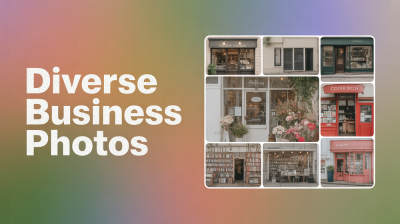An embassy building can take on many forms; it is not simply the structure but also what it stands for in terms of a nation’s relations abroad. For example, in Iran, there is one U.S. embassy that occupies an exceptional position within its historical background.This particular building illustrates various factors like culture and diplomacy as well as some other highly relevant concepts when placed against this scenario of conflicts. In this article, we will tour the embassy focusing on its importance, architectural details and amazing visuals which portray its true essence.
Historical Significance of the USA Embassy in Iran
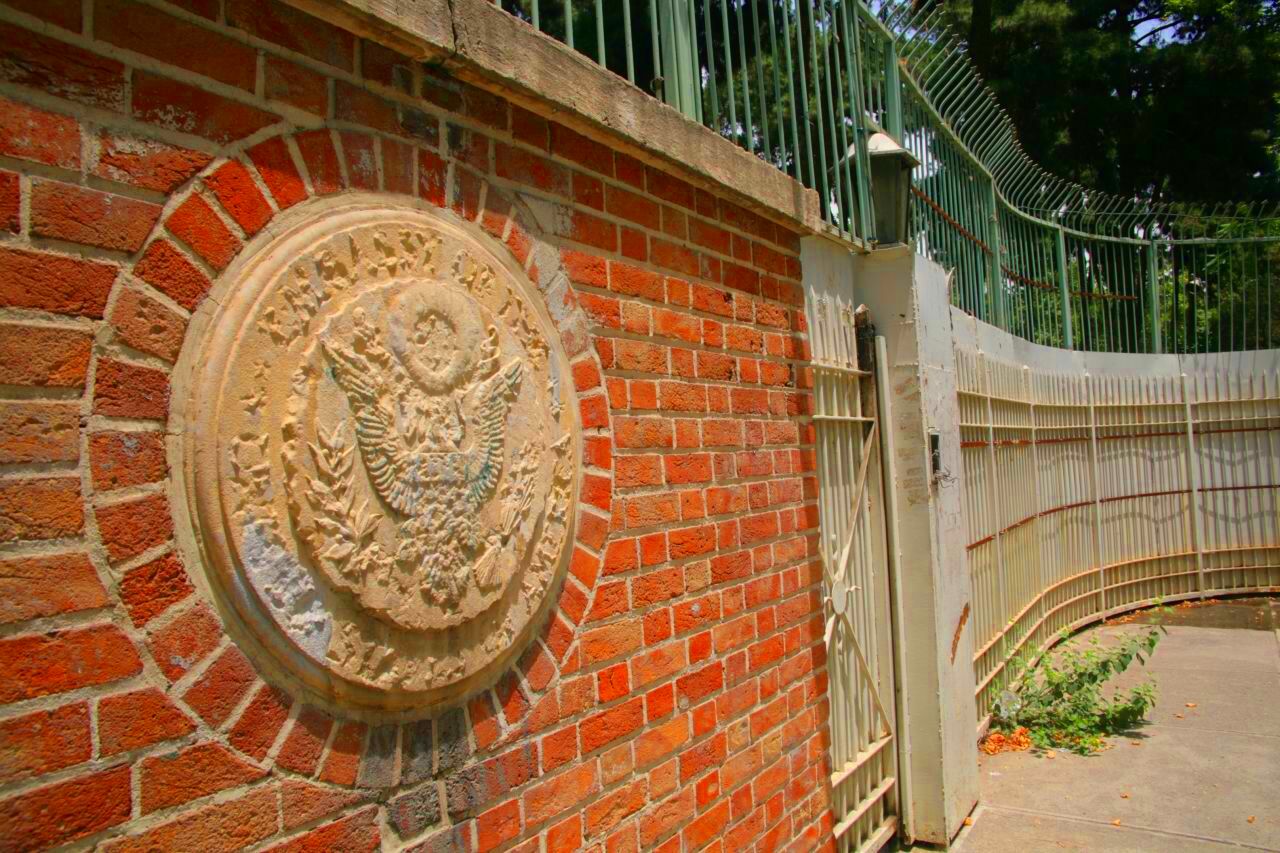
USA Embassy in Iran has a very rich and intricate history which dates back to early twentieth century. The embassy was located in Tehran and acted as an essential center for American diplomacy in the area. Some major historical events concerning the embassy are:
- 1935: The embassy moved to its current location in the heart of Tehran.
- 1953: The CIA-led coup d'état, known as Operation Ajax, took place, influencing Iran's political landscape.
- 1979: The Iranian Revolution led to the hostage crisis, marking a significant shift in US-Iran relations.
The that is crisp and thick makes such imprinted walls act as gateways to the past of diplomatic relations between these countries The coming down of the embassy and the resulting political issues still affects how two countries view each other today.
Architectural Features of the Embassy Buildings
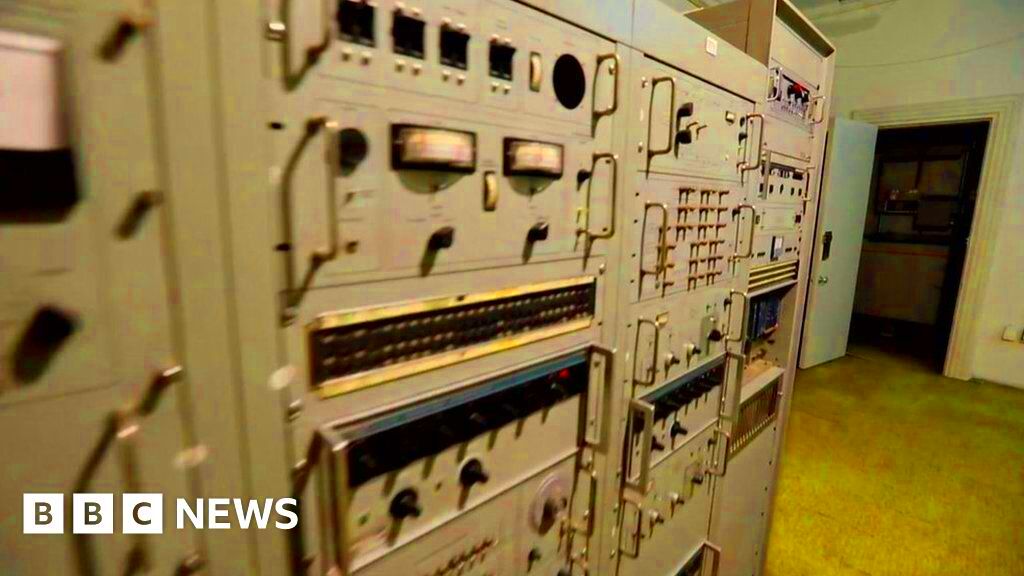
In Iran, the USA Embassy is architecturally representative of a perfect combination of contemporary American styles and traditional Iranian forms. Its prominent features consist of:
- Columns and Arches: The façade is adorned with elegant columns and arches, reminiscent of ancient Persian architecture.
- Landscaped Gardens: The surrounding gardens offer a serene environment, showcasing a variety of plants and trees typical of the region.
- Symbolic Artwork: Inside the embassy, you can find artwork that embodies both American and Iranian cultures.
This blend of styles is not purely decorative but also inspires cross-cultural relations between those two nations. Every space in this mission has a unique tale to narrate owing to its architecture and furnishing; hence, photographers and historians can never get bored in here.
Photographic Journey Inside the Embassy
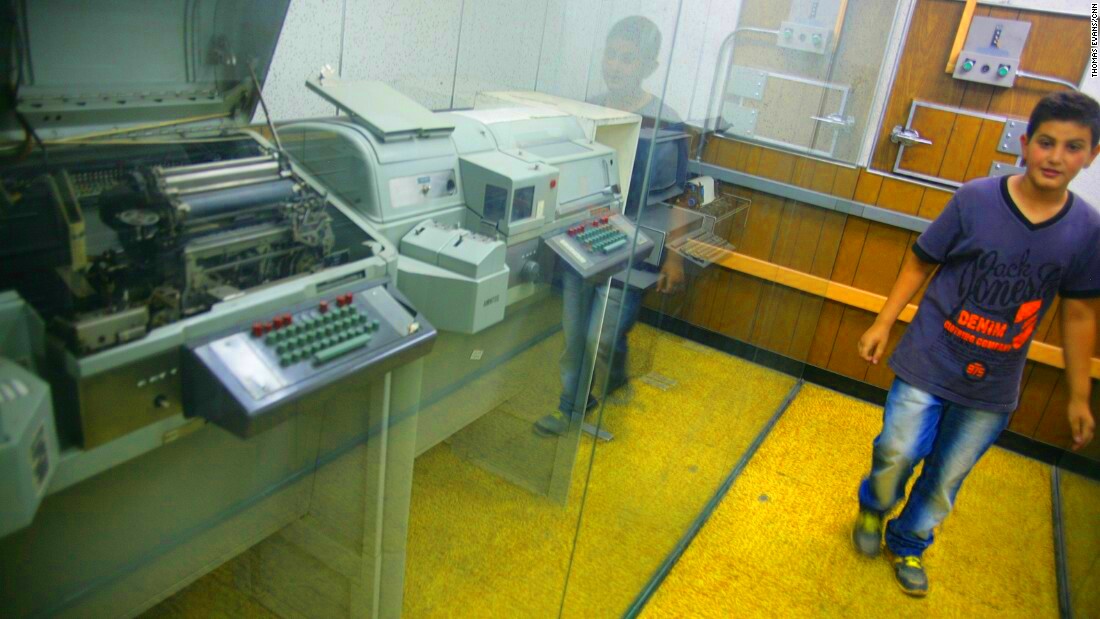
Stepping into past is certainly something you will do when walking through the hallways at USA embassy located in Iran. The rich history found at every corner serves as a reservoir of treasure for photographers. To seize the spirit of this building, one needs not only techniques but also an understanding about its importance. Let’s investigate why taking pictures within embassies is distinctively different.The following aspects that photographers usually aim to emphasize:
- Historical Rooms: Each room tells a story, from the grand reception areas to more intimate offices, all rich in history and detail.
- Natural Light: The play of light through windows creates stunning visuals, enhancing the beauty of the architecture.
- Symbolic Elements: From flags to artwork, many elements symbolize the diplomatic relationship between the USA and Iran.
To capture the beauty of the space, photographers usually use different techniques such as:
- Wide-angle shots to emphasize the grandeur of the rooms
- Close-ups of intricate details and textures
- Black and white photography to evoke a sense of nostalgia
Incredible examples exist that show how these pictures are vital in safeguarding the historical accounts of a location that has experienced togetherness and disagreement. The pictures taken in this area do not only represent the building of the embassy, but rather they convey an intricate story that is still in motion.
Challenges of Capturing Images in Sensitive Locations
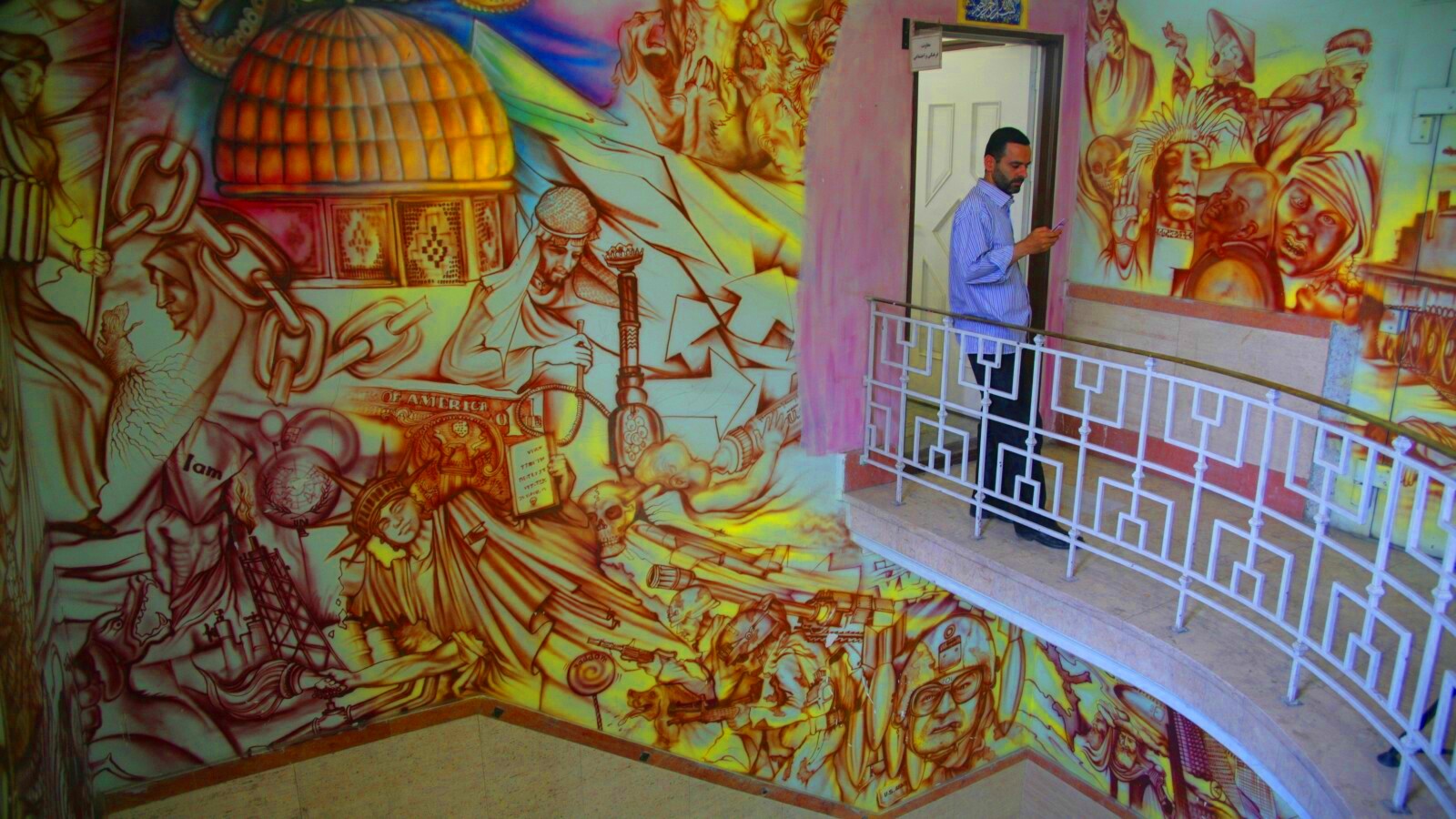
Although capturing
images of the United States Embassy located in Iran is fulfilling, it does not lack its own challenges. Confidential sites frequently have tough laws and particular hindrances. This article outlines a few frequent difficulties encountered by photographers:
- Security Restrictions: Many embassies have tight security measures that limit photography. Always be aware of the rules in place.
- Access Limitations: Certain areas may be off-limits to the public, making it difficult to capture the full essence of the building.
- Political Sensitivity: The political climate can influence how and when photography is permitted, which can change rapidly.
Organized photographers are supposed to be both respectful and flexible. The following strategies can help overcome these obstacles:
- Always seek permission before taking photos, especially in sensitive areas.
- Plan your shoot ahead of time to understand the best angles and locations that are accessible.
- Stay updated on current events that may affect access or permissions.
Mindful of these factors, photographers can capture powerful
images while still complying with the range of complexities involved in their environment.
Impact of Politics on Embassy Architecture
Embassy building architectures usually reflect political atmospheres and histories of the specific states they represent. Some of the numerous things that have affected its making and setting are:
- Cultural Representation: The architecture blends American and Iranian styles, showcasing the hope for cooperation and understanding.
- Security Measures: Following the 1979 hostage crisis, many embassies, including the one in Iran, were redesigned with enhanced security features, altering their original aesthetic.
- Political Relations: The fluctuating relationship between the USA and Iran influences architectural choices, from materials to layout.
Over the past few years, there has been a growing awareness among architects concerning the role design can play in enhancing interactions and participation. In relation to this, below is a discussion of how politics shape the outlooks of various embassies:
| Political Influence | Architectural Impact |
|---|
| Diplomatic Relations | Blending of architectural styles |
| Security Concerns | Fortified designs with controlled access |
| Cultural Exchange | Use of local materials and design elements |
To sum up, the embassy is a representation of how countries are dealing with one another, where their designs are used to show the nature of foreign affairs.
Preserving Historical Photos for Future Generations
The understanding of our history is heavily dependent upon historical photographs while those taken in The USA Embassy in Iran are exceptionally important. In addition to architectural beauty, they also embody significant moments in time. This way, these pictorial representations will enable us as future generations to learn from and perhaps honor them for their complicated stories.Whit ways that can work rightly in keeping Backward Pictures?
- Digital Archiving: Scanning photographs and storing them in digital formats can prevent deterioration over time. High-resolution scans ensure that details are captured for future reference.
- Proper Storage: Physical photographs should be stored in acid-free materials and kept in a climate-controlled environment to avoid damage from humidity and light.
- Creating Exhibitions: Displaying these photos in museums or online galleries not only preserves them but also shares their significance with a broader audience.
FAQs about the USA Embassy Buildings in Iran
FAQ Can keep us clear on United States embassy in Iran? Below are some commonly asked questions and their answers:
| Question | Answer |
|---|
| What is the history of the USA Embassy in Iran? | Established in the early 20th century, the embassy has witnessed significant historical events, including the 1953 coup and the 1979 hostage crisis. |
| Can the public visit the embassy? | Access is generally restricted to official events and pre-approved visits due to security concerns. |
| What architectural styles are present in the embassy? | The embassy features a blend of traditional Iranian and modern American architectural elements. |
| Why are photographs of the embassy important? | These photos capture historical moments and architectural beauty, serving as valuable records of diplomatic relations. |
As these FAQs illustrate, there is a complicated interplay between the United States and Iran, one which is significantly impacted by the embassy. Such knowledge can help in appreciating the structure more and its past all together.
Conclusion on the Importance of Capturing These Moments
A merging of poetics, historical events and chronography of America’s foreign relations, the United States Embassy in Iran is more than just a structure.How this complex building looks like can be seen from various photographs which make sense of what it has gone through in terms of significant happenings and exchanges with the locals. Each individual image here presents an opportunity to go back into time thereby portraying how relations stood between these two countries.Power of photography:
- Document History: Photos can chronicle events that shape our world, serving as visual records for future generations.
- Foster Understanding: Images help bridge cultural gaps by showcasing the beauty and complexity of different societies.
- Inspire Reflection: Looking back at historical moments encourages us to reflect on our progress and the lessons learned.
In order to move forward, let’s keep valuing and preserving the
images that tell our stories. This way, we not only pay respect to the past but also create a more vibrant tale for generations to come. Capturing these moments is essential since they remind us of our beginnings and they help us decide our future direction.
 USA Embassy in Iran has a very rich and intricate history which dates back to early twentieth century. The embassy was located in Tehran and acted as an essential center for American diplomacy in the area. Some major historical events concerning the embassy are:
USA Embassy in Iran has a very rich and intricate history which dates back to early twentieth century. The embassy was located in Tehran and acted as an essential center for American diplomacy in the area. Some major historical events concerning the embassy are: In Iran, the USA Embassy is architecturally representative of a perfect combination of contemporary American styles and traditional Iranian forms. Its prominent features consist of:
In Iran, the USA Embassy is architecturally representative of a perfect combination of contemporary American styles and traditional Iranian forms. Its prominent features consist of: Stepping into past is certainly something you will do when walking through the hallways at USA embassy located in Iran. The rich history found at every corner serves as a reservoir of treasure for photographers. To seize the spirit of this building, one needs not only techniques but also an understanding about its importance. Let’s investigate why taking pictures within embassies is distinctively different.The following aspects that photographers usually aim to emphasize:
Stepping into past is certainly something you will do when walking through the hallways at USA embassy located in Iran. The rich history found at every corner serves as a reservoir of treasure for photographers. To seize the spirit of this building, one needs not only techniques but also an understanding about its importance. Let’s investigate why taking pictures within embassies is distinctively different.The following aspects that photographers usually aim to emphasize: Although capturing images of the United States Embassy located in Iran is fulfilling, it does not lack its own challenges. Confidential sites frequently have tough laws and particular hindrances. This article outlines a few frequent difficulties encountered by photographers:
Although capturing images of the United States Embassy located in Iran is fulfilling, it does not lack its own challenges. Confidential sites frequently have tough laws and particular hindrances. This article outlines a few frequent difficulties encountered by photographers: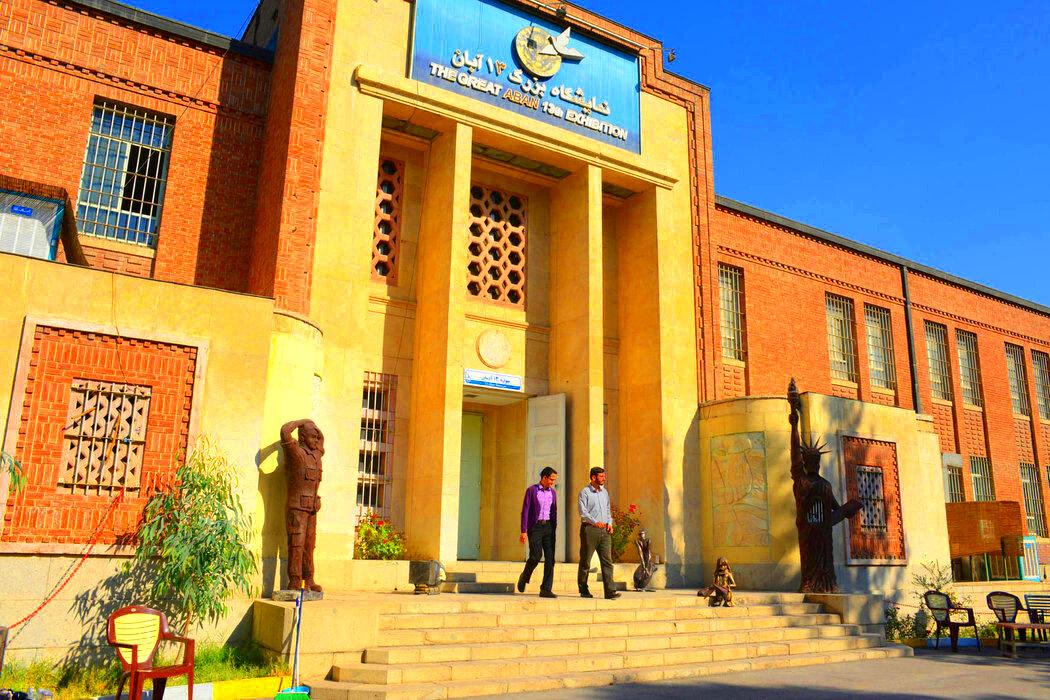
 admin
admin





